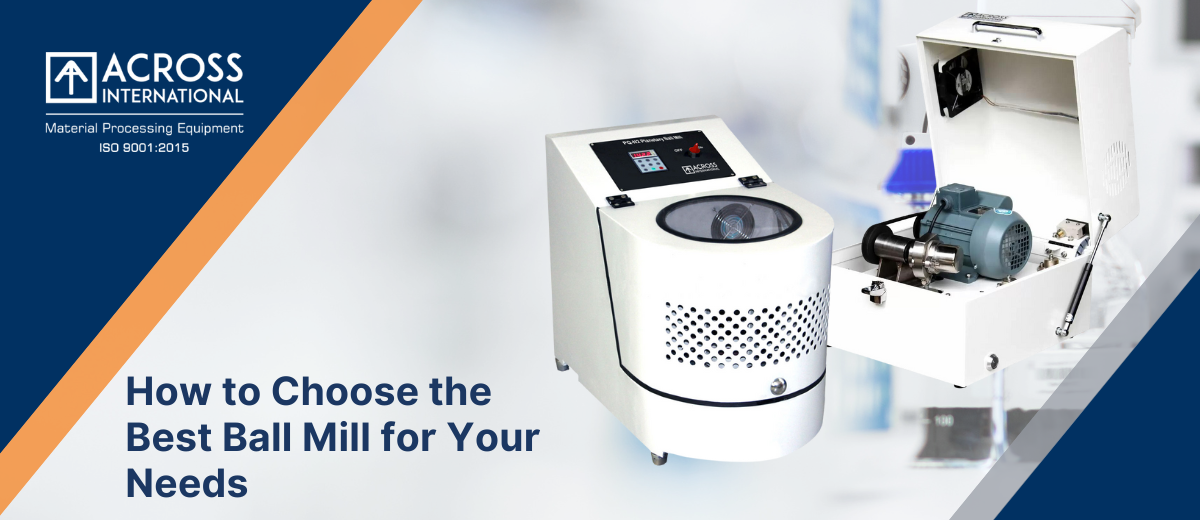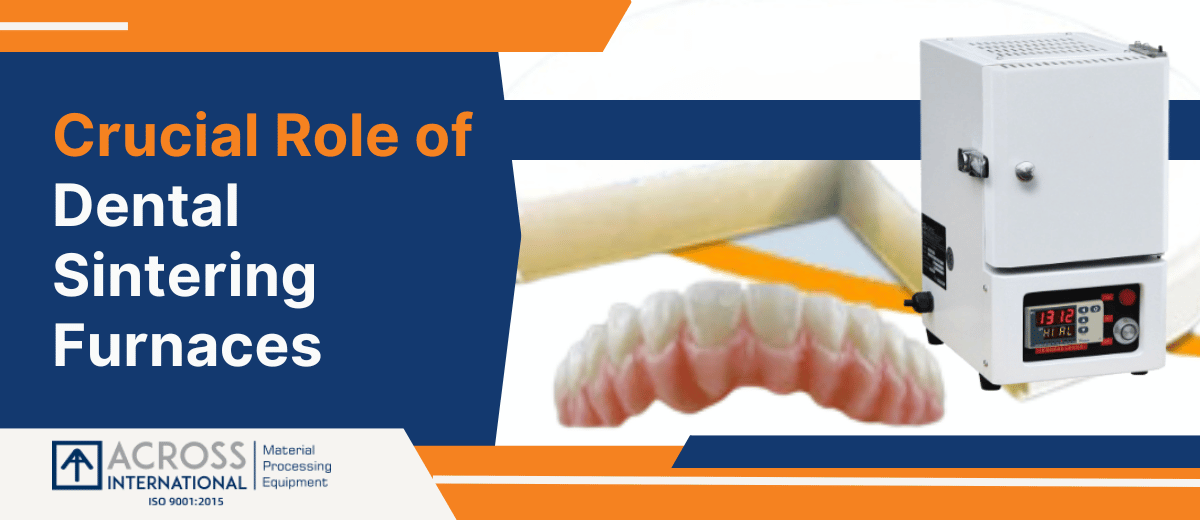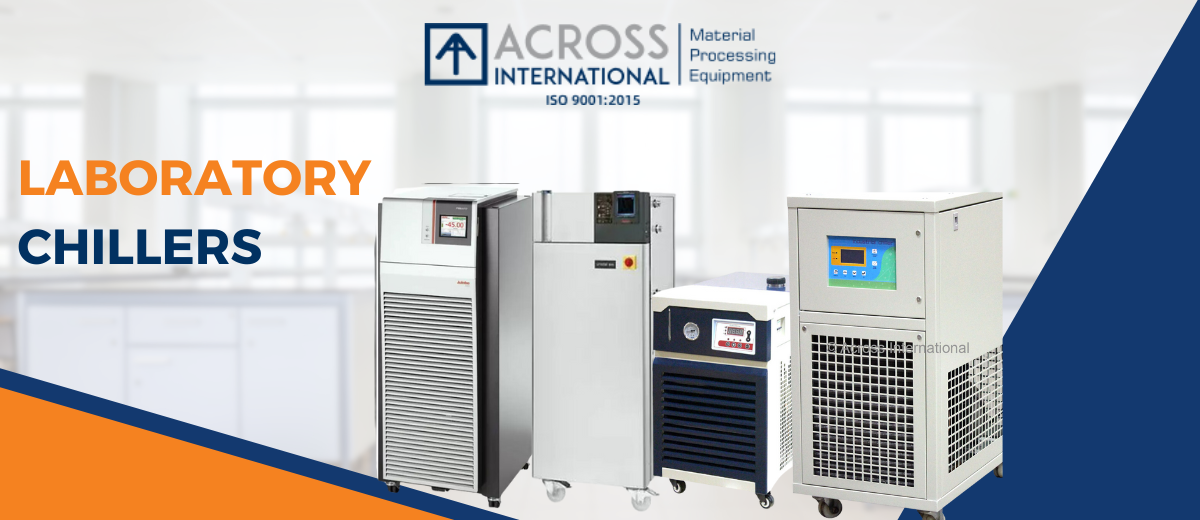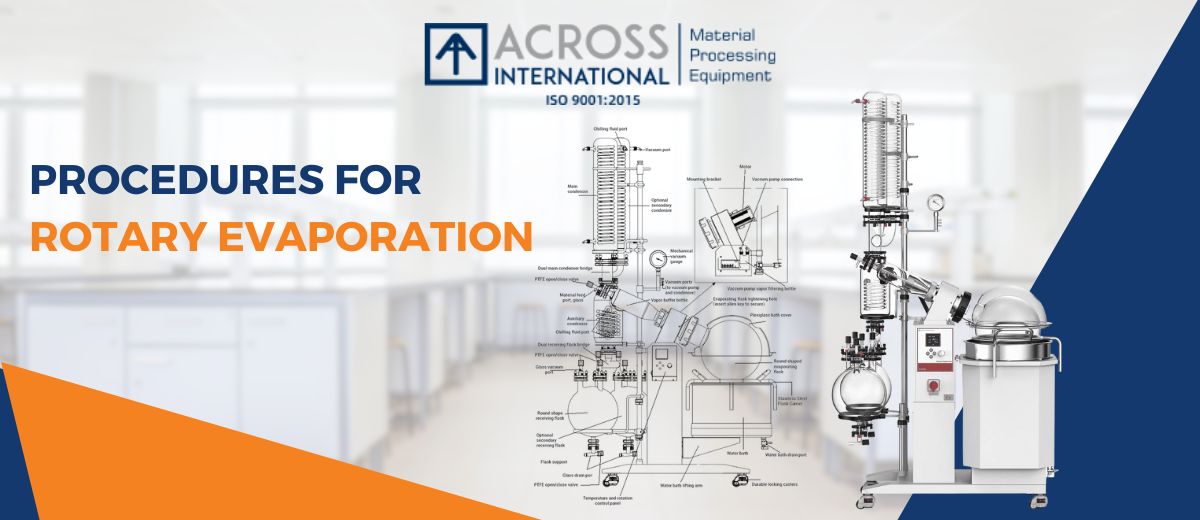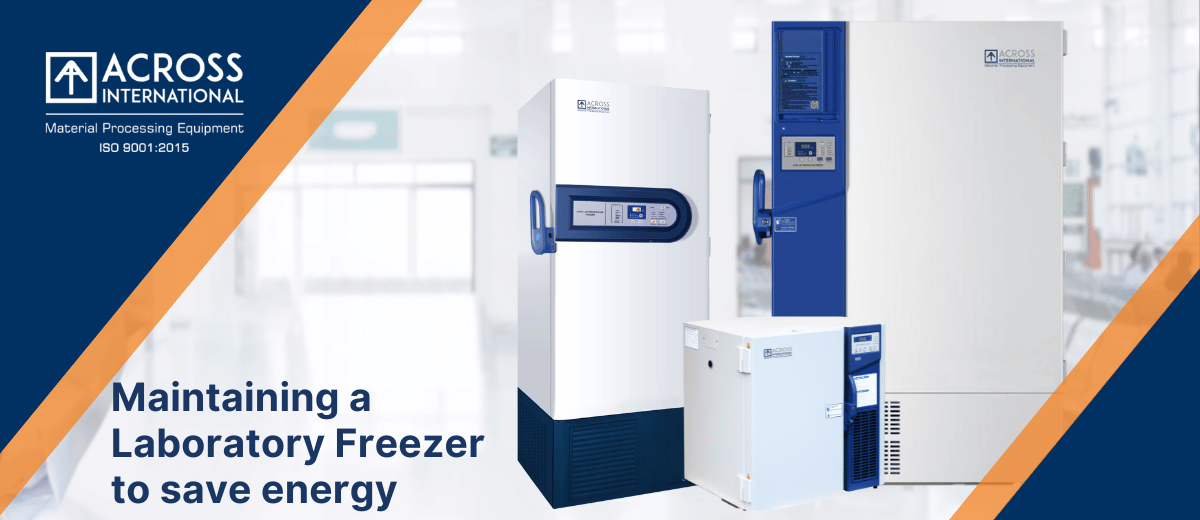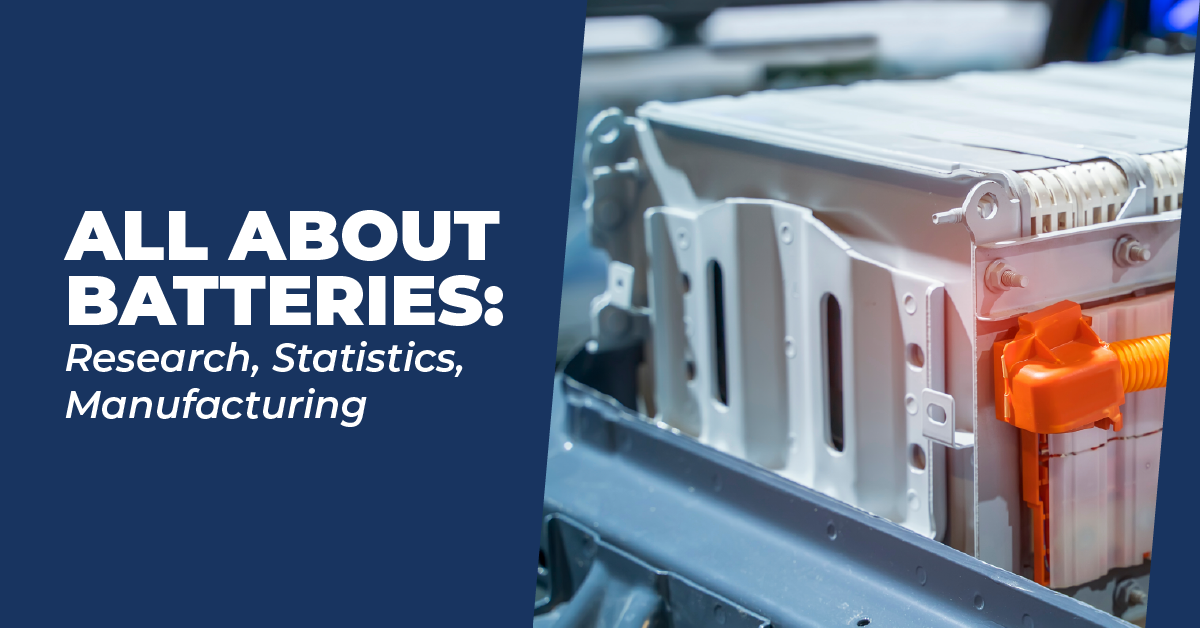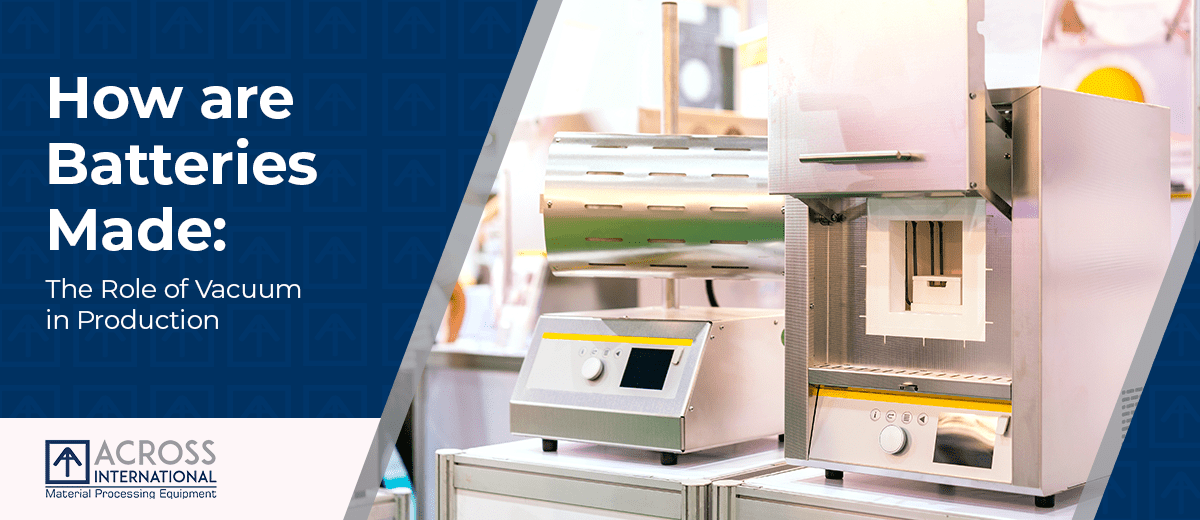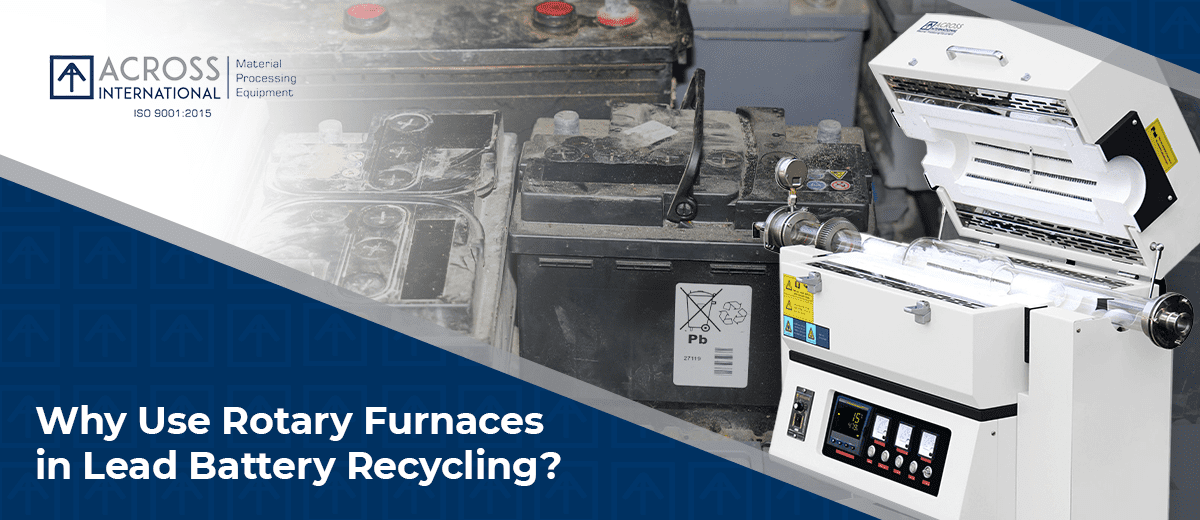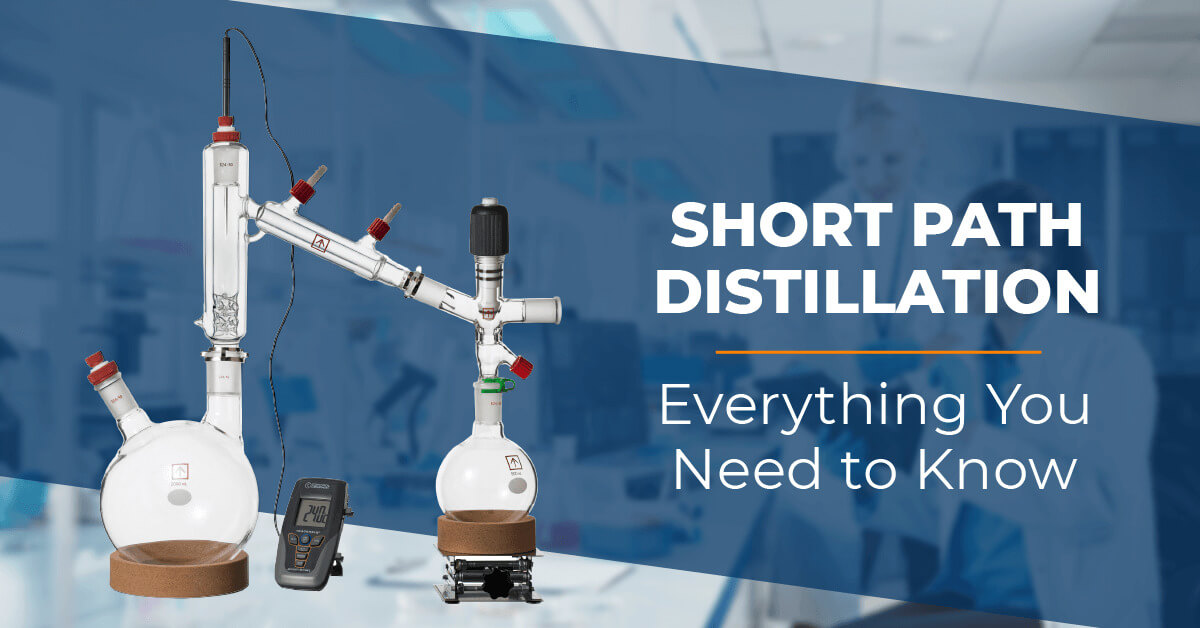We use cookies to make your experience better. To comply with the new e-Privacy directive, we need to ask for your consent to set the cookies. Learn more.
Induction Heating and Importance of Foundry Coils
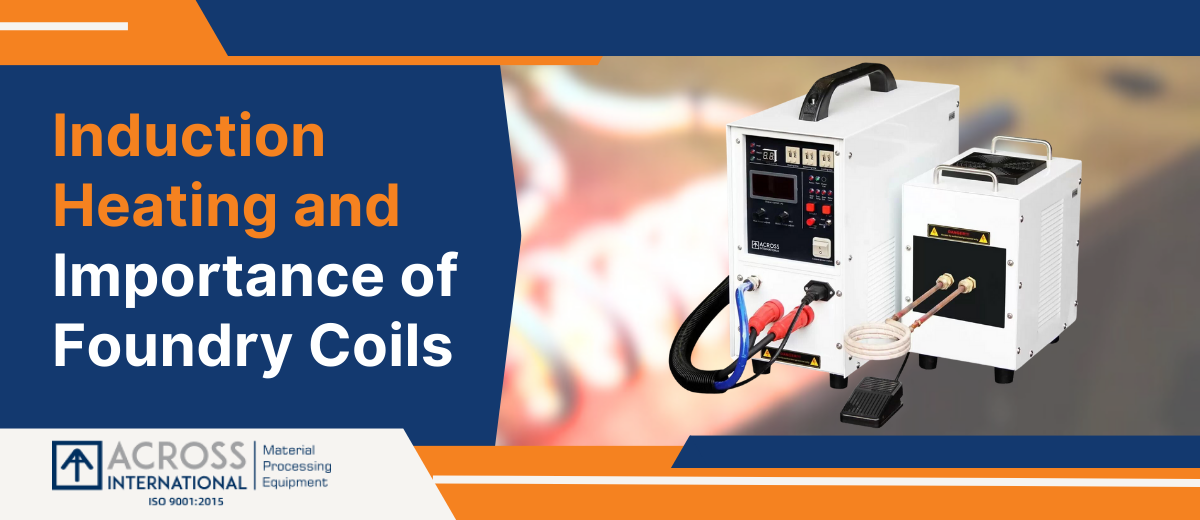
Induction heating does not involve the external application of heat but rather the internal generation of heat in the workpiece itself. This process dispenses with long heating periods and enables the limited introduction of heat in a local and precisely timed manner, thus achieving a high degree of efficiency and maximum exploitation of energy. When compared with conventional heating methods, induction heating achieves maximum levels of quality and efficiency across a practically unlimited range of applications.
INDUCTION COIL DESIGN
It is within the induction coil that the varying magnetic field required for induction heating is developed through the flow of alternating current. So coil design is one of the most important aspects of the overall system. A well-designed coil provides the proper heating pattern for your part and maximizes the efficiency of the induction heating power supply, while still allowing easy insertion and removal of the part.
Induction coils are normally made of copper tubing - an extremely good conductor of heat and electricity - with a diameter of 1/8" to 3/16"; larger copper coil assemblies are made for applications such as strip metal heating and pipe heating. Induction coils are usually cooled by circulating water and are most often custom-made to fit the shape and size of the part to be heated. So coils can have single or multiple turns; have a helical, round or square shape; or be designed as internal (part inside coil) or external (part adjacent to coil). There is a proportional relationship between the amount of current flow and distance between the coil and part. Placing the part close to the coil increases the flow of current and the amount of heat induced in the part. This relationship is referred to as the coupling efficiency of the coil.
The induction heating or foundry coil is the most important part of your induction heater. It’s the coil that makes the magic happen for induction furnaces. The best induction generator is only as good as its weakest link. That link is often the induction coil – the wrong coil design can melt your workpiece. A clogged coil can bring your production line to a halt. A leaking coil and you’re down for possibly weeks while you order another coil.
Do you Know About Induction Coil?
* The same induction heater can often be used for multiple applications with a coil change.
* Dual-head coils can increase your production rate.
* Flexible coil designs can be used on many different brands of induction heaters.
* Coils can be insulated in ceramic, concrete, or other non-metallic material and still be effective.
* It doesn’t have to take 5 minutes to disconnect one coil and switch to another – quick change devices can make changing coils much faster.
Speak with Our Technical Team to get the perfect Induction Heaters for your laboratory.


